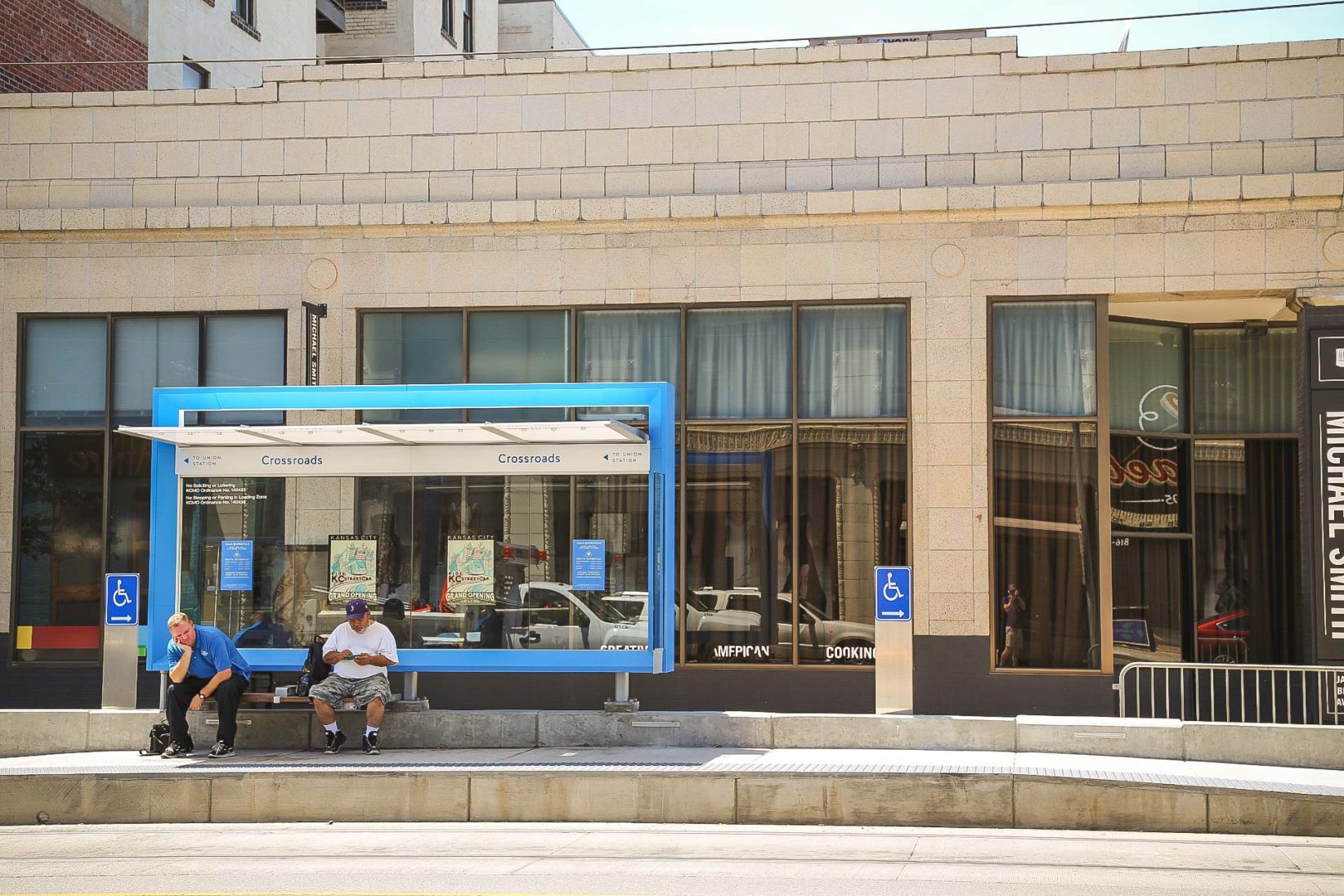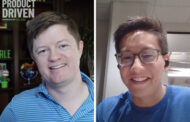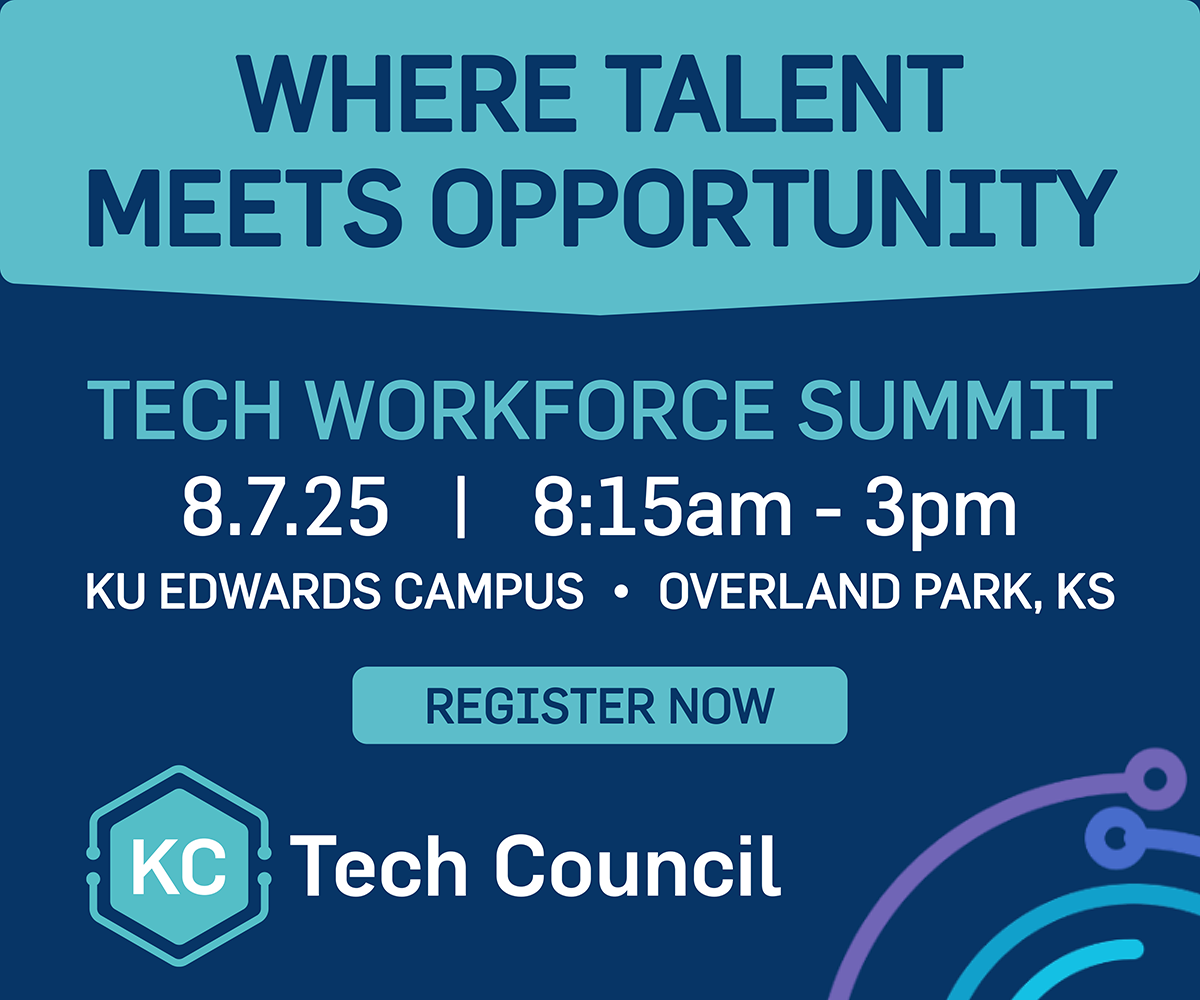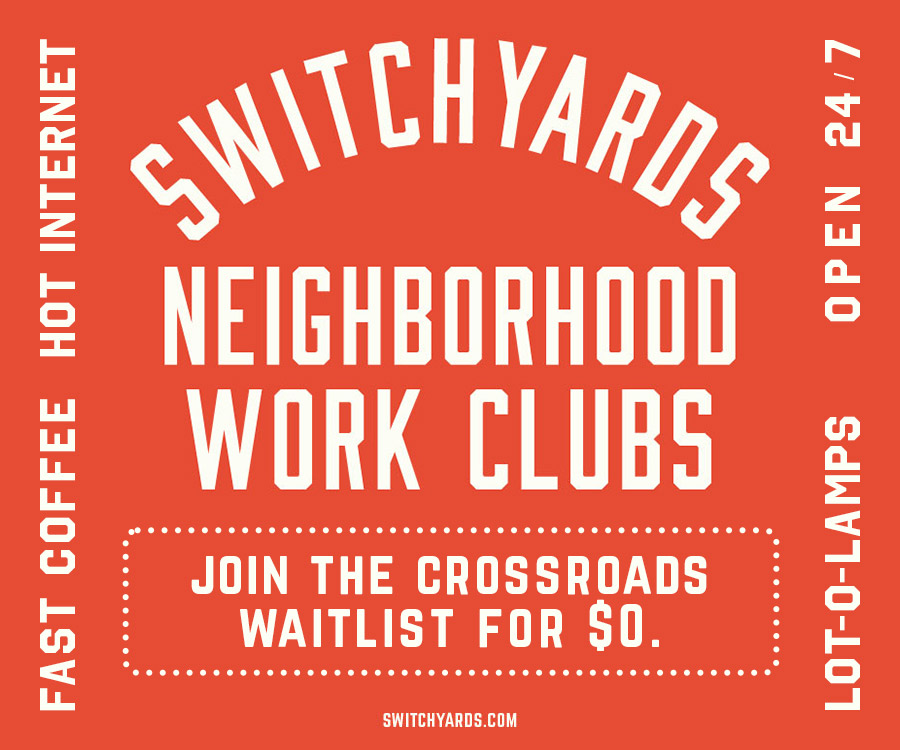Editor’s note: On a daily basis, Coty Beasley translates the jargon-filled world of technology for clients. The Words that Frustrate (WTF) series aims to offer readers some clarity in an industry dominated by techies’ confusing argot. The opinions expressed in this commentary are the author’s alone.

Coty Beasley
By reading this article, you may be one of the luckiest people to ever have lived.
Think about it: of the countless people who have lived, you were born in an era where a magic screen is showing you the thoughts of a guy somewhere else in the world, instantaneously.
And beyond that – you can read. You’re able to afford a computing device. For all of the press that 2016 has gotten as the worst year ever, you have to admit — in all of space and time — it’s a pretty good time to be alive.
As humans, we’ve made the most of this fortuitous existence and become good at building tools. From fire and agriculture to penicillin and our little magic screens, our technology mitigates the unfortunate in our universe, little by little, year after year.
But what happens when technology isn’t significantly distributed through a community? What if meaningful survival requires access?
Our digital divide
Today, internet access is as critical as a water line or electricity. Connectivity provides opportunities for individuals to improve, grow and participate in contemporary society. At the micro level, having broadband in a home means access to a video on how to repair a car, learn a job skill or keep up in school. And in the macro, the difference between full and limited access can significantly impact the trajectory of communities — potentially for generations.
Here in Kansas City, we’re no different.
The combined population of Jackson and Wyandotte county currently hovers around 850,000 with 152,632 (18 percent) residents under the poverty line. 55 – 80 percent percent of these residents have severely limited access to the internet, especially in their homes.
In short, at least 1 in every 10 urban residents have been technologically left behind.
It is important that we reflect the psychological difference between having access and not. Without access, it means you — and likely your friends and family — have to take some sort of public transportation and dedicate a chunk of time specifically to go look something up. That’s a vastly different reality than pulling out your iPhone in a couple seconds and searching for a trivia answer at dinner.
Opportunities to learn are far more abundant when you can dip into a sea of information at any time, whenever you want.
The future of competition
I’d agree that we are trending toward a shrinking internet access gap that I’m optimistic we can close within a decade, but in the short-term, there’s still work to do. Even so, access alone is just one part of a much larger whole.
At its core, the concept of digital inclusion is a matter of opportunity and being able to prepare for the future. Trends suggest that many of the jobs we’re pursuing today won’t exist much longer.
The omens are especially dire for individuals in career paths that aren’t adjacent to those that will exist in the future. These jobs will disappear the fastest, with previous holders unprepared to move toward higher-skilled work. Many experts fear that today’s already significant gap will become wider than our society can anticipate, leaving a swath of the population unemployed and without opportunity.
We’ve already seen a taste of this. Examples abound about cities with large stakes in industries that became irrelevant overnight. Remember that from 2000 to 2010, Detroit’s population fell 25 percent as the auto industry restructured and many other rustbelt cities have had similar declines. We are living in an era where regional players find themselves in direct competition with high-powered tech companies like Amazon and Walmart, who are eating up lots of previously localized industries.
Kansas City will face the next wave of increased competition amidst more conglomerated entities from the coasts and overseas. This city will need every Tom, Dick and Sally to be educated and savvy enough to forge forward, all the while keeping the brightest and boldest from leaving for competing cities in the region and abroad.
A smarter city for all
One of the best ways to keep people in town is to cultivate the current population ,which then creates the tide that raises all ships.
We talk about becoming a smart city, but all our brouhaha has been focused on modern innovations such as streetcars and photosensitive lights along a few miles of Main Street. We’ve created some national exposure, but exclusively for areas that are the priciest in the metro to live, with many rental properties now hovering around $2 a square foot.
Smart cities don’t keep up with the Joneses; they improve the lives of the people that live in them with insights that paint a clearer picture of how the organism functions and how it can improve.
In order to truly become a smart city, we’ll need to channel existing momentum into projects that improve the lives of the individuals that don’t have access to basic internet at home. Beyond that, we’ll need to streamline initiatives that create more data-driven intelligence to fill the gaps that are hindering citizens from becoming our next wave of community leaders.
Improving the lives of struggling citizens not only helps to close the digital divide, but may prove to be our city’s greatest asset for the future.
Coty Beasley is a product designer and user experience strategist working with emerging technologies. Connect with Coty on Twitter @beacrea.






































